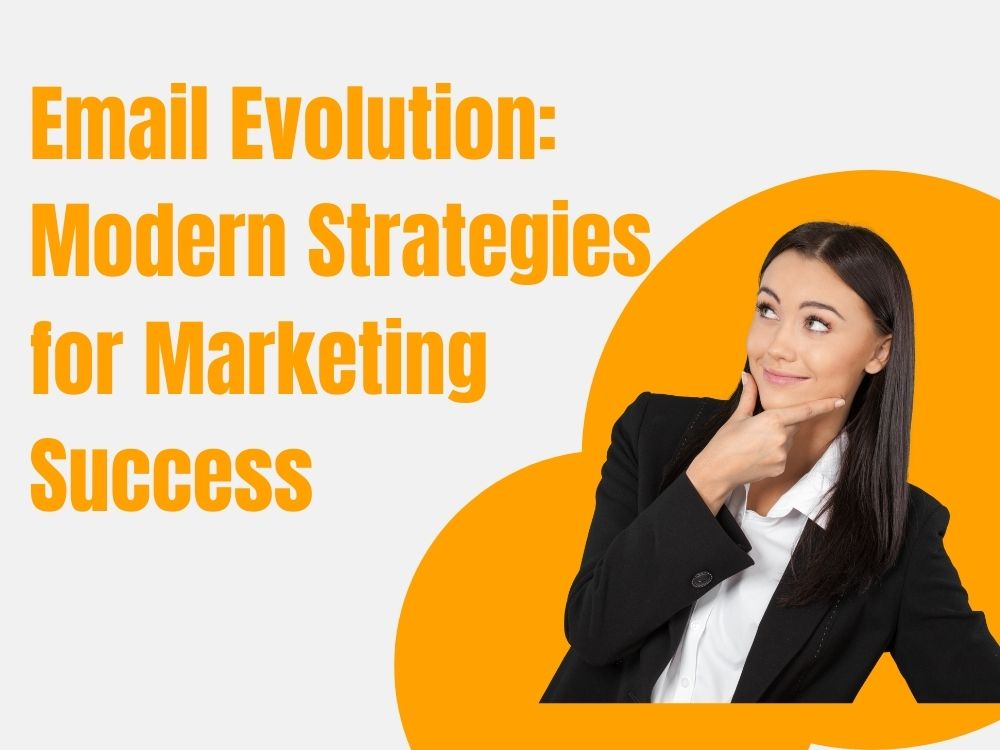In today’s digital landscape, email marketing remains a cornerstone of successful digital marketing strategies. However, the evolution of email marketing has seen significant changes over the years, requiring marketers to adapt and innovate to achieve marketing success. In this comprehensive guide, we’ll explore the modern strategies that are shaping the future of email marketing and how businesses can leverage them to drive engagement and increase conversions.
Understanding the Shift in Email Marketing
Gone are the days of generic, mass email blasts that clutter inboxes and yield low engagement rates. Modern consumers demand personalized and relevant content tailored to their interests and preferences. As a result, email marketing has evolved to focus on segmentation, automation, and personalization to deliver targeted messages that resonate with recipients.
Segmentation and Targeting
Segmentation allows marketers to divide their email list into smaller, more targeted groups based on demographics, behavior, and interests. By sending tailored messages to each segment, marketers can increase engagement and drive conversions. Dynamic content further enhances personalization by delivering customized content based on the recipient’s past interactions and preferences.
Automation and Workflow
Automation streamlines the email marketing process by allowing marketers to set up triggered emails based on predefined actions or events, such as website visits, product purchases, or abandoned carts. This ensures timely and relevant communication with subscribers, nurturing leads and guiding them through the customer journey.
Personalization and Dynamic Content
Personalization goes beyond simply addressing the recipient by name. Dynamic content allows marketers to create unique and relevant email experiences by dynamically changing the content based on the recipient’s preferences, behavior, and purchase history. From product recommendations to exclusive offers, personalized content drives engagement and encourages conversions.
Harnessing the Power of Data and Analytics
Data-driven insights are essential for optimizing email marketing campaigns and maximizing ROI. By analyzing metrics such as open rates, click-through rates, conversion rates, and subscriber engagement, marketers can gain valuable insights into audience preferences and behavior.
A/B Testing and Optimization
A/B testing allows marketers to experiment with different email elements such as subject lines, call-to-action buttons, images, and content variations to determine which combinations yield the best results. Continuous optimization based on data-driven insights ensures that email campaigns are continually improving and delivering maximum impact.
Behavioral Targeting and Retargeting
Behavioral targeting enables marketers to deliver relevant and timely messages based on user behavior, such as website visits, product views, or previous purchases. Retargeting campaigns re-engage inactive subscribers or abandoned cart users with personalized content, reminding them of unfinished actions and encouraging conversions.
Embracing Innovation and Emerging Trends
As technology continues to evolve, email marketing must keep pace with emerging trends and innovations to remain effective and relevant. From interactive emails to AI-powered personalization, marketers have access to a wide range of tools and technologies to enhance their email campaigns.
Interactive Emails and Gamification
Interactive emails engage recipients by allowing them to interact with the content directly within the email, such as carousel product galleries, polls, quizzes, and surveys. Gamification elements such as scratch-off discounts or spin-to-win prizes add an element of fun and excitement, driving higher engagement and conversion rates.
Artificial Intelligence and Predictive Analytics
AI-powered personalization leverages machine learning algorithms to analyze customer data and predict future behavior and preferences. By delivering hyper-personalized content and recommendations, marketers can anticipate customer needs and deliver relevant messages at the right time, increasing engagement and conversions.
Conclusion
In conclusion, the evolution of email marketing has transformed the way businesses connect with their audience and drive marketing success. By embracing modern strategies such as segmentation, automation, personalization, and data-driven optimization, marketers can create compelling email campaigns that engage subscribers and deliver measurable results.

